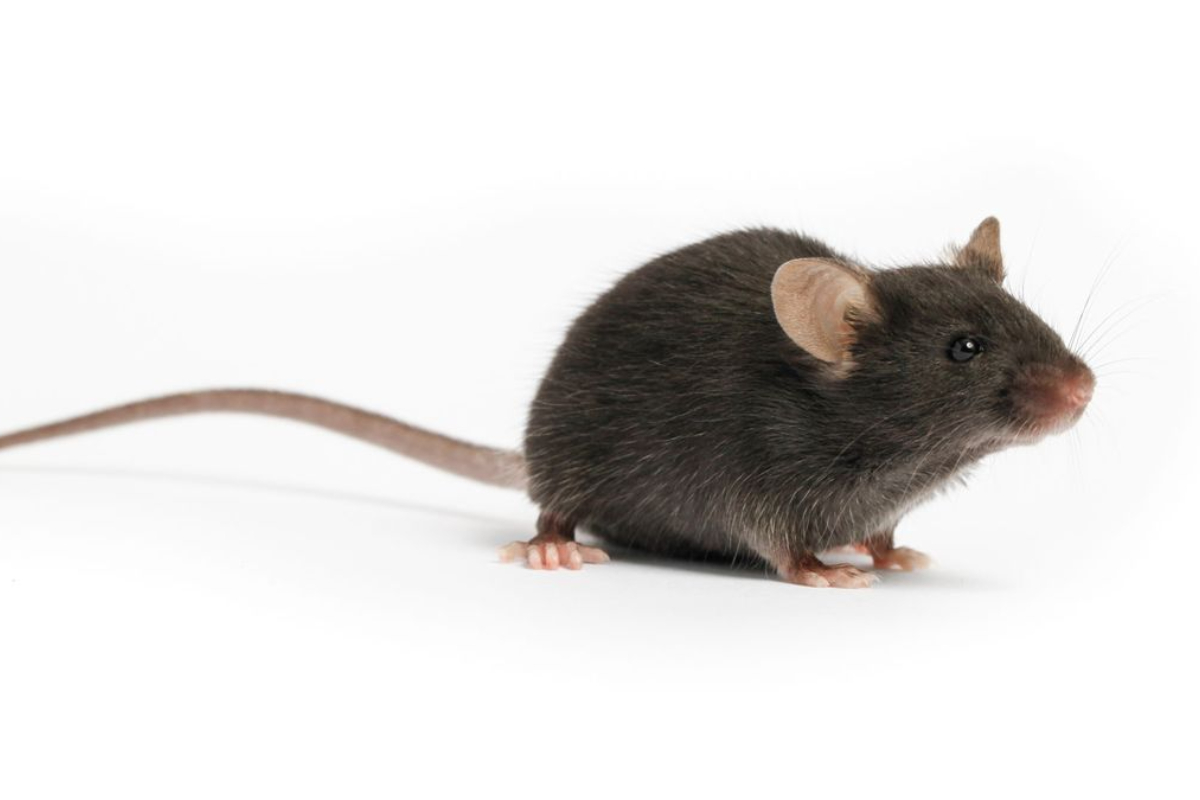- Scientists in Japan have produced mice with two biological fathers.
- The researchers used male mouse stem cells to produce mature eggs.
- Scientists are looking to produce human eggs in the lab.
According to reports, scientists in Japan have produced mice with two biological fathers in an effort to mimic the procedure in people.
Many media outlets reported that the researchers were able to develop the egg cells using the skin cells of two male mice, even though such a feat was previously achievable through genetic engineering.
According to the media, researchers used male mouse stem cells to produce mature eggs that were subsequently fertilized and placed into a surrogate mouse, giving birth to seven pups (out of 630 transferred embryos, Nature journal reported).
According to Nature journal, research director Katsuhiko Hayashi of Kyushu University and Osaka University presented the findings at the Third International Summit on Human Genome Editing this week. He told attendees that this fertilization procedure could one day be replicated for same-sex couples even though the findings have not yet been published.
[embedpost slug = “/scientists-released-image-of-m92-captured-by-james-webb-space-telescope/”]
As per reports, Hayashi stated, “I don’t know whether they’ll be available for reproduction,” Hayashi said, according to The Guardian. “Purely in terms of technology, it will be possible [in humans] even in 10 years.”
Despite the seeming optimism of the discovery, some specialists have questioned if this method of fertilization could possibly be repeated in people within the next ten years.
“We still don’t understand enough of the unique biology of human gametogenesis to reproduce Hayashi’s provocative work in mice,” George Q. Daley, dean of Harvard Medical School — who is not involved in the research — told the media.
Amander Clark, a professor at the University of California, Los Angeles, told the journal that such an accomplishment would represent a “major stride” in the area given that researchers have yet to effectively produce lab-grown human eggs from female cells.
“We’re poised at this bottleneck at the moment,” Clark said. “The next steps are an engineering challenge. But getting through that could be 10 years or 20 years.”
Still, Hayashi said, “There are big differences between a mouse and a human.”
[embedpost slug = “/science-experiment-at-sydney-school-injures-students/”]





















